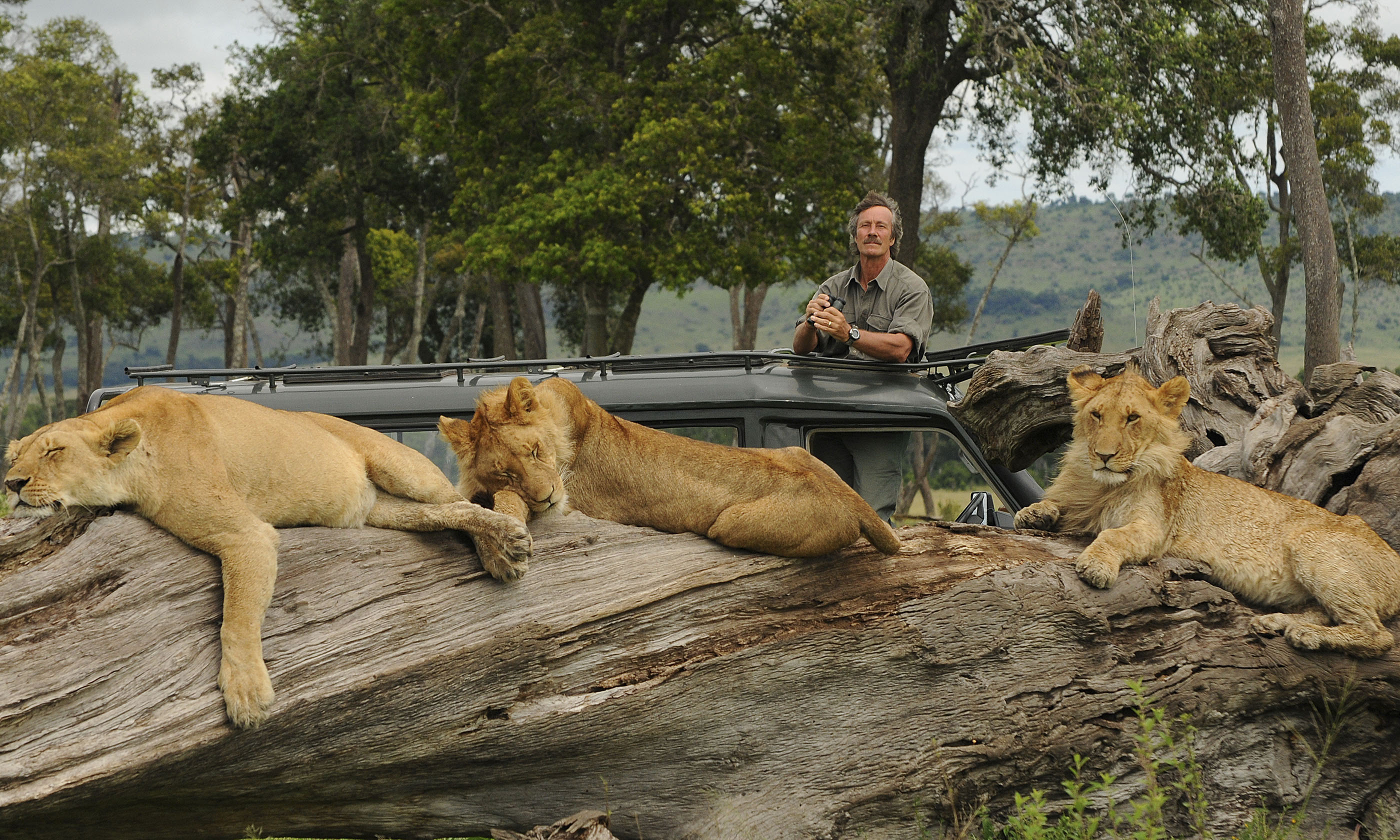
Concerned that negative press is taking its toll on Kenya’s tourism, BBC wildlife presenter Jonathan Scott explains how your visit is vital in saving the country’s endangered wildlife
I love Kenya and have lived here for nearly 40 years. Kenyans have got to be the friendliest and most welcoming people on earth. If I had only one day left in my life, I know where I’d spend it – in the Maasai Mara with my wife Angie. There is nowhere else like it.
Without tourism we will not be able to protect the best of our wildlife areas. There are a lot of people in Kenya desperate for land to settle on. For the moment, the government has been able to protect amazing wildlife places like Tsavo, the Maasai Mara, Samburu and Amboseli, because people can see the financial benefits. But as the human population continues to expand there will always be pressure on the land. Tourism in Kenya is right up there among the big four moneymakers for the country: tea, coffee, cut flowers and tourism. We are always lobbying to try to ensure that more of the money from tourism reaches the pockets of the local communities – that is the best way to protect wild places.
If we turn our back on wildlife-based tourism, we are making it easier for poachers. The benefit of tourists visiting Kenya is that it is much harder for the poachers to move in and do their business without anyone knowing about it. There are more eyes and ears and telephoto lenses on the ground – and the money from visitors’ park fees helps to pay the costs of protecting our wildlife. But it is a constant battle and we have to be vigilant. Even the Mara has felt the impact of serious poaching.
You only have to look at what happened in the past to see how important tourism is to conservation.
When Tanzania closed its border with Kenya from 1977 to 1983, the number of visitors to the Serengeti dropped from 70,000 a year to about 10,000. The loss in revenue caused a 60% decline in anti-poaching patrols; there just wasn’t enough money to ensure that the rangers had the equipment they needed, or the vehicles and fuel to administer the anti-poaching effort. The result? The rhinos disappeared from the Serengeti, the elephants were hammered, and meat poaching skyrocketed.
So if the world is serious about helping us to prevent poaching of rhinos and elephants, well, believe me, we need those tourist dollars.
Read the travel advisories carefully. Don’t interpret a warning against visiting Mombasa as a warning against visiting the whole country – or against visiting the Kenya coast. I’m not saying ignore travel advisories – the security experts know more about the situation than we do. But read, listen and then make up your own mind as to where to go
If you are worried, talk to your tour operator. Most are reputable companies and members of KATO, the Kenya Association of Tour Operators. They pay their dues and are regulated by the industry. Believe me, they’re not going to put you into places that are dangerous. They are going to do everything they can to try and ensure your safety.
When you come to Nairobi, stay at one of the lovely places on its outskirts. There are a number that come to mind, like Machushla House, Giraffe Manor, Ngong House, House of Wayne. They’re all nice, tranquil places to stay, away from the traffic and congestion of central Nairobi. You can also go to the giraffe sanctuary and have a giraffe wrap its 18-inch tongue around your face. Or go and see the elephant orphans we featured on Elephant Diaries having fun in their mud wallow.
If I was a first-time visitor to Kenya, the Maasai Mara would be first on my list – but I would visit it last on my safari making it the highlight. First I’d head north to Samburu or Buffalo Springs to see Grévy's zebras, reticulated giraffes, the long-necked gerenuk antelope and all those dry country birds you won’t see in the Mara. I would also look at taking in Lake Nakuru or Lake Bogoria. Nakuru’s got lions and plenty of rhinos, and the yellow fever trees along the lake are wonderful for leopards and for birds too. But right now if you want to see flamingos, you might be better off heading to Lake Bogoria - home of the magnificent greater kudu.
Finally, I see this moment in time as an opportunity. Anyone who comes to visit Kenya now will not be complaining about the amount of vehicles at the river crossings in the Mara during this year's migration! You’ll be getting an even better quality safari experience if there are fewer people. So is this time to come and visit us? Yes it is!